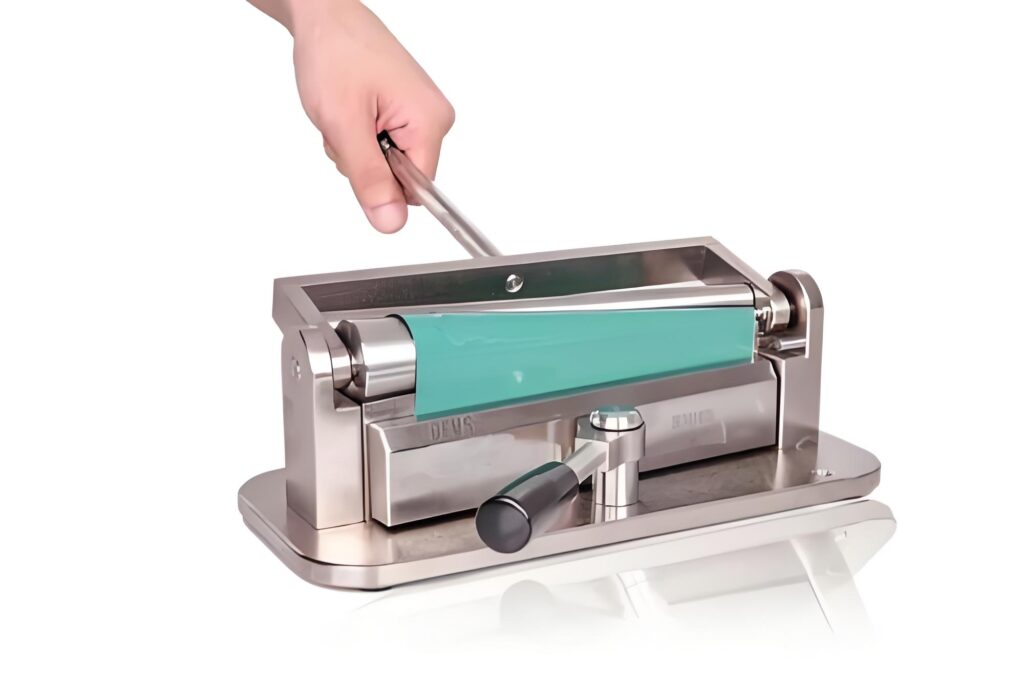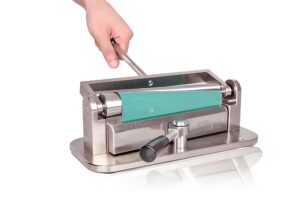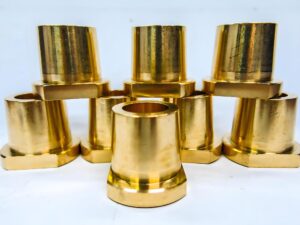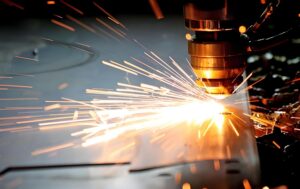Bend testing is a vital process in the machining and manufacturing industries, ensuring materials can withstand real-world stresses. This comprehensive guide explores what bend testing is, why it’s essential, its various types, standards, and how it’s performed. For professionals in aerospace, automotive, or construction, or anyone interested in material quality assurance, this article provides valuable insights into this critical mechanical testing method.
What is Bend Testing?
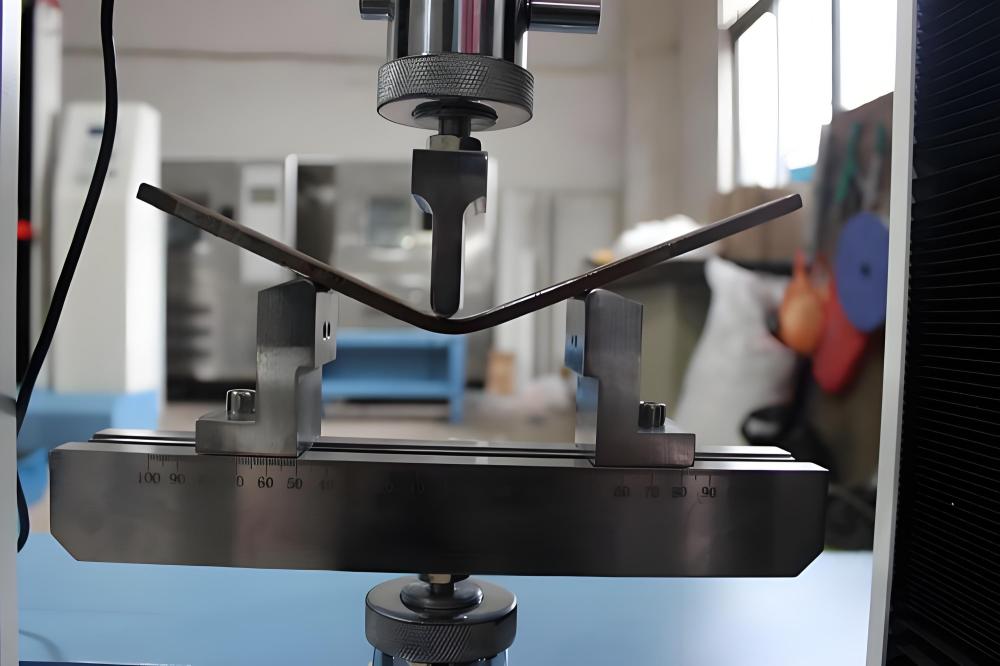
Bend testing, often referred to as a flexure test, evaluates a material’s ability to endure bending forces without breaking. By applying controlled stress, this method measures ductility, flexibility, and strength. A sample is typically bent over a specific radius or until it fractures, revealing how it performs under strain.
This testing is widely used for metals, plastics, composites, and welds in industries like aerospace, automotive, and construction. For example, a steel beam in a bridge must resist bending under heavy loads. Bend testing simulates these conditions to ensure reliability.
Key Benefits of Bend Testing
- Identifies material flaws: Detects cracks, voids, or inclusions that could lead to failure.
- Ensures safety: Verifies materials meet industry standards for real-world applications.
- Supports innovation: Provides data for designing stronger, more flexible components.
Types of Bend Testing
Different types of bend tests are applied based on material and application requirements:
1. Three-Point Bend Test
The specimen is supported at two points, and a load is applied at a central point. It measures flexural strength and surface integrity.
2. Four-Point Bend Test
This method distributes the bending force across two points, offering uniform stress distribution and more precise material evaluation.
3. Guided Bend Test
A fixture guides the specimen, ensuring a consistent bending radius and preventing twisting. Suitable for thin sheets and precision parts.
4. Free Bend Test
Performed without guides, assessing ductility and the material’s ability to deform plastically without cracking.
5. Mandrel Bend Test
Ideal for pipes and tubes, where the specimen is bent over a mandrel to simulate real-world bending conditions.
Standards of Bend Testing
International standards ensure consistent, reliable, and comparable results:
- ASTM Standards – e.g., ASTM E190 and ASTM A370 for steel and metal testing
- ISO Standards – e.g., ISO 7438 for metallic materials
- EN Standards – e.g., EN 910 for aerospace metals
Following these standards enhances credibility, quality assurance, and international acceptance of test results.
How to Conduct a Bend Test: Step-by-Step
Performing a bend test requires precision and adherence to standards. Here’s how it’s done:
- Prepare the Test Specimen
Cut the material to the dimensions specified by the relevant standard (e.g., ASTM or ISO). Ensure the surface is free of defects that could affect results. For welds, include both the weld and base material in the sample.
- Set Up the Testing Machine
Use a universal testing machine (UTM) equipped with appropriate fixtures, such as a mandrel for guided tests or supports for three-point/four-point tests. Calibrate the machine to apply the correct force and speed.
- Execute the Test
Place the sample in the machine and apply force gradually until the desired bend angle is reached or the material fractures. Conduct the test at a controlled speed to ensure accurate data.
- Inspect the Results
Examine the sample for cracks, fractures, or other defects. Compare the results against the standard’s acceptance criteria. For example, a weld may pass if no cracks appear after a 180-degree bend.
- Document and Analyze Findings
Record test conditions, results, and observations. This data helps manufacturers assess material performance, improve processes, and ensure compliance.
Common Metal Ductility
Understanding the ductility of metals is essential in bend testing and material selection. Ductility refers to the ability of a material to deform under tensile stress without breaking. Below is a simple comparison of some commonly used metals:
| Metal | Typical Elongation (%) | Comments on Ductility |
| Aluminum | 10–45 | Highly ductile, easy to bend and shape |
| Copper | 25–50 | Excellent ductility, suitable for wiring |
| Steel (mild) | 20–30 | Good ductility, widely used in construction |
| Stainless Steel | 40–60 | Excellent corrosion resistance and ductility |
| Brass | 30–50 | Good ductility, commonly used in fittings |
| Titanium | 10–30 | Strong but less ductile than aluminum or copper |
This table helps engineers and quality control professionals quickly understand which metals are suitable for bending processes and which require more careful handling during machining.
Best Practices for Effective Bend Testing
To maximize the benefits of bend testing, follow these best practices:
- Use calibrated equipment: Ensure testing machines are regularly maintained for accurate results.
- Follow standards strictly: Adhere to ASTM, ISO, or industry-specific guidelines to avoid errors.
- Test multiple samples: Conduct tests on several specimens to account for material variability.
- Train personnel: Ensure operators are skilled in test procedures and safety protocols.
By following these practices, manufacturers can achieve reliable, repeatable results.
Real-World Applications of Bend Testing
Bend testing has a wide range of applications across industries:
- Aerospace: Ensures aircraft components like wings and fuselage parts can withstand bending stresses during flight.
- Automotive: Verifies the durability of chassis parts, axles, and suspension systems.
- Construction: Tests steel beams, rebar, and other structural components for safety and reliability.
- Manufacturing: Evaluates welds and raw materials for quality control in machined parts.
These applications highlight the versatility and importance of bend testing in ensuring product quality.
Why Choose Precionn for Your Machining Needs?
Bend testing is an essential quality control process in metal fabrication, helping manufacturers ensure safety, durability, and compliance with international standards. At Precionn, we specialize in precision machining and rigorous material testing, including bend tests, to provide international clients with reliable, high-quality metal components. Our commitment to excellence ensures every product meets the highest standards, supporting safe and efficient industrial applications worldwide.

